Mobile Wallets make it fast and easy to pay.
No need to open your wallet, just tap and pay with your mobile device to check out quickly.

Access Millions in FDIC Insurance
Put CDARS®, the Certificate of Deposit Account Registry Service, to work for you.
CDARS
With the CDARS service, you can access millions in FDIC insurance at participating network banks by working directly with just our bank.
VISIT YOUR NEAREST BRANCH TO GET STARTED
How does CDARS work?
Frequently Asked Questions About CDARS
CDARS is a smart, secure, and convenient way for bank customers to access multi-million-dollar FDIC protection on large deposits, earn a return, and enjoy flexibility. With CDARS, you can:
- Rest assured. Make even large deposits eligible for protection that’s backed by the full faith and credit of the federal government.
- Earn interest. Put excess cash balances to work by placing funds into interest-bearing certificates of deposit (CDs) using CDARS. Earn one rate per maturity for your CDARS deposits.
- Save time. Work directly with just our bank—a bank you know and trust. Forego opening accounts under different insurable capacities or managing multiple bank relationships. Receive just one monthly statement for each service from us summarizing your account activity and balances. And, if you are accustomed to collateralization, reduce the need to track collateral on an ongoing basis.1
The FDIC insures up to $250,000 of a customer’s deposit accounts in a given insurable capacity at an FDIC-insured depository institution. Institutions, like ours, that offer CDARS are members of a special network. When we place your deposit through the CDARS service, that deposit is divided into amounts under the standard FDIC insurance maximum of $250,000 and is placed in CDs at multiple banks. As a result, you can access coverage from many institutions while working directly with just one.
With CDARS, select from a range of maturities.
Funds placed through CDARS are deposited only in FDIC-insured banks. We act as your custodian for deposits placed through CDARS, and The Bank of New York Mellon (BNY Mellon)2, the largest custodial bank in the world, acts as subcustodian.
Through CDARS, funds are placed with other network members, and those network members provide you with access to the additional FDIC insurance coverage. Working directly with just our bank, you can access coverage through many.
You work directly with just us—the bank you know and trust that is committed to protecting your confidential information.
1 If a depositor is subject to restrictions with respect to the placement of funds in depository institutions, it is the responsibility of the depositor to determine whether the placement of the depositor’s funds through CDARS, or a particular CDARS transaction, satisfies those restrictions.
2 Please see https://www.bnymellon.com/us/en/about-us/about-bny-mellon.html for details.
Deposit placement through CDARS is subject to the terms, conditions, and disclosures in applicable agreements. Although deposits are placed in increments that do not exceed the FDIC standard maximum deposit insurance amount (“SMDIA”) at any one destination bank, a depositor’s balances at an institution may exceed the SMDIA (e.g., before settlement for deposits or after settlement for withdrawals) if the depositor has other deposits at such institution, or may be uninsured (if the placing institution is not an insured bank). The depositor must make any necessary arrangements to protect such balances consistent with applicable law and must determine whether placement through CDARS satisfies any restrictions on its deposits. A list identifying IntraFi network banks appears at https://www.intrafi.com/network-banks. The depositor may exclude banks from eligibility to receive its funds. IntraFi, CDARS, and Certificate of Deposit Account Registry Service are registered service marks, and the IntraFi hexagon and IntraFi logo are service marks, of IntraFi Network LLC.

